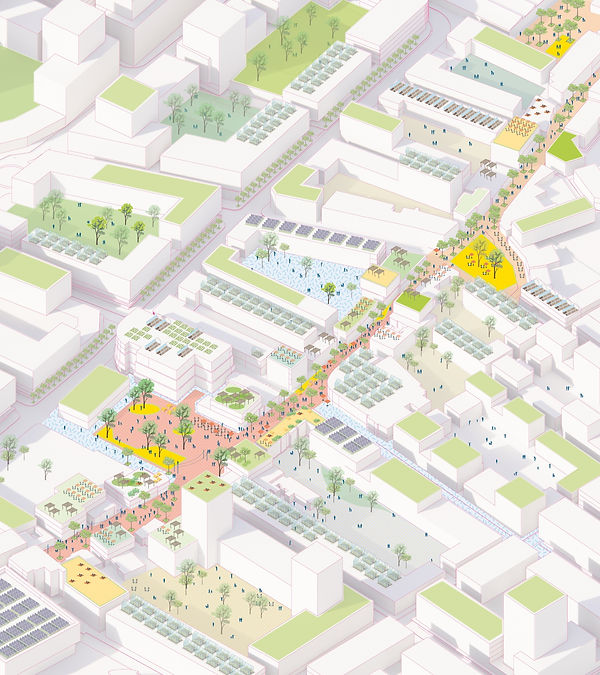IFTACH MASHAL
IFTACH MASHAL
יפתח משל
The thriving village of Majdal was built in a strategic location. Its historic roads connected Gaza in the south to the nearby villages in the north and east, and with its establishment, also to Ashkelon in the west. The residents earned their living through agriculture and crafts.
In observing the changes in the space – the village's abandonment in 1948 and the development of Ashkelon – I examined two processes:
The first – the process of the disintegration of Majdal – from a significant regional center, Majdal was neglected over time and became a place no one wanted to visit. The housing was poor, ancient buildings were abandoned and destroyed, workshops ceased to operate, and the city's pedestrian street saw half of its businesses closed.
The second – the development axis of Ashkelon.
The city developed over the years from west to east and was planned in a modernist pattern that creates a separation between neighborhoods, producing a homogeneous urban environment – one of a single kind. Even today, the neighborhoods are planned and replicated as isolated bubbles, without significant urban centers and without connections between them.
The development of Ashkelon directly influenced the process undergone by Majdal.
The neighborhood is located on the eastern border of the city, confined between two major traffic arteries that separate it from the rest of the city and the nearby neighborhoods. Investment in new neighborhoods prevented new construction in Majdal, primarily due to the inability and lack of understanding of how to deal with a place containing so many typologies and functions: commerce, crafts, employment, pedestrian streets, urban markets, historic buildings, and more.
Majdal's historical infrastructure consists of central regional connections. Combining the historic parceling of the village of Majdal with the critique of the city's planning patterns over the years raises a new planning principle that emphasizes dynamic and diverse development, creating a unique fabric space.
The new neighborhood fabric connects to the existing urban grid and offers diverse living forms, mixed uses, new building typologies, changing street sections, and urban intensity.








